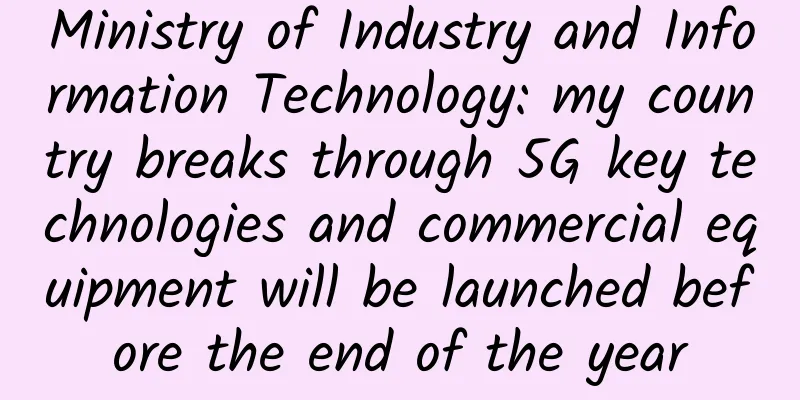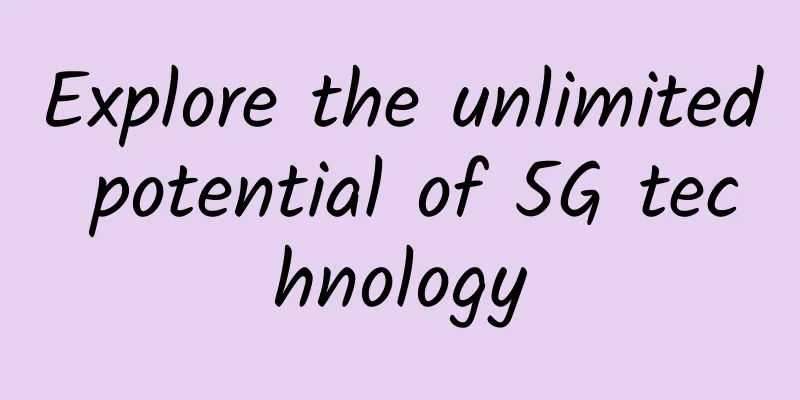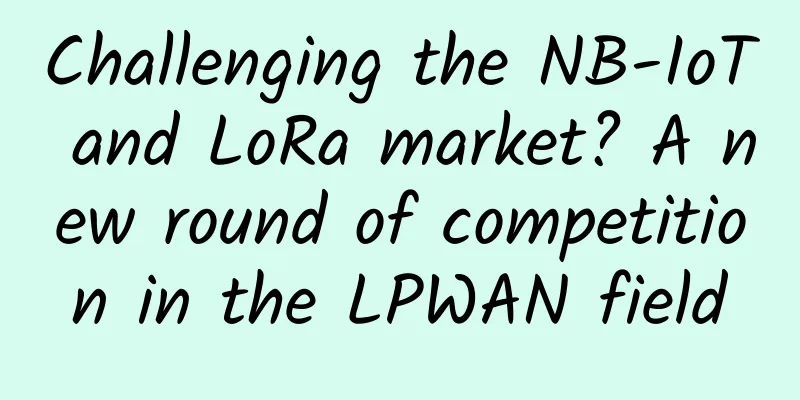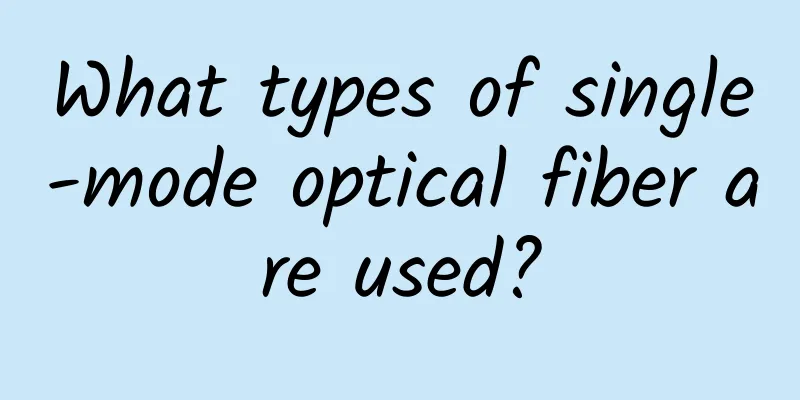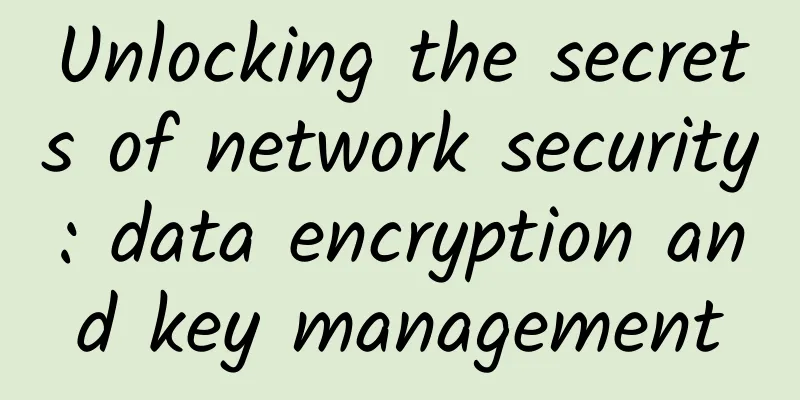The 5 keys and applications of blockchain
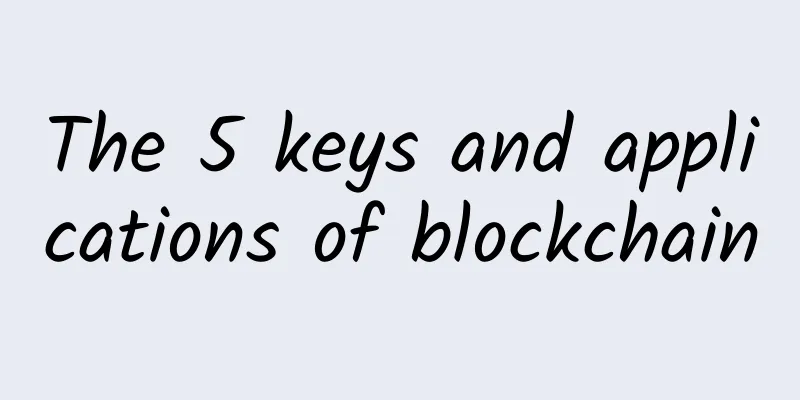
|
A few years ago, not many people had heard of the term blockchain. However, with the popularity of cryptocurrencies such as Bitcoin and the focus of investors, blockchain technology has gradually become one of the important representative trends of new technologies, along with artificial intelligence (AI), cloud (Cloud), big data (Big Data), Internet of Things (Internet of Things), and mobile vehicles (Mobile). But even so, most people still have little understanding of what blockchain is and why it has such a great impact.
Simply put, the concept of blockchain comes from a ledger record. When A wants to give B 100 yuan, according to the current method, it can be completed through bank transfer. At this time, A's bank account will decrease by 100 yuan, and B's bank account will increase by 100 yuan. But when conducting online transactions, if it is not done through a financial institution, how can we ensure that the 100 yuan from A to B will be fully recorded and not tampered with? A simple idea is that if this transaction is transmitted to everyone participating in the transaction on the Internet and confirmed by every participant, this transaction will be permanently and truly preserved without worrying about being falsified. This distributed ledger technology (Distributed Ledger Technology), or the so-called smart contracts (Smart Contracts), constitutes the core concept of blockchain technology. 5 key features of blockchain Compared with the traditional transaction model with banks as financial intermediaries, blockchain technology provides features such as "decentralization", "anonymity", "immutability", "traceability" and "encryption security", which allows participants to establish a trust mechanism without knowing each other, and reduces costs compared to the centralized transaction model with financial institutions as the medium, and makes information authentic, transparent and traceable, and can protect the privacy of customers, while recording transaction data in chronological order. Due to these characteristics of blockchain, its application range is very wide, from product history tracking and product protection to preventing loss, theft, forgery, and substitution, and the entire supply chain process can be fully recorded, covering almost all industries. Applications of blockchain In the financial industry, such as identity authentication, transaction settlement, fund transfer, trade financing, insurance, securities, supervision technology, etc., blockchain technology can be used to improve efficiency. Recently, a bank has used blockchain technology to allow employees to watch movies without the need to bring movie tickets. They only need to send the proof of the movie ticket to the employee's mobile phone, and they can enter the theater quickly by just beeping the phone. In addition, financial companies are also studying the application of blockchain technology in electronic confirmations to save the cost of constant correspondence between banks and accounting firms for customer financial reports. Although blockchain technology is still subject to the problem that the more participants there are, the slower the speed will be, but with the advancement of technology, the frequency of transactions that blockchain technology can handle will become faster and faster, and its application is bound to become more and more popular. |
Recommend
SDA's full-view and in-depth operation and maintenance strategy accelerates the improvement of customer operation and maintenance capabilities
Under the wave of digital transformation, enterpr...
Interviewer: Can you tell me why TCP needs three handshakes and four waves?
The TCP protocol is a connection-oriented, reliab...
Sogou opens dictation service, the voice recorder industry enters the AI era
On August 28, 2019, Sogou held a press conference...
Kunpeng Technology Open Day came to Shenzhen Futian to see how cloud-intelligence integration will open up the future
[51CTO.com original article] At 2:00 pm this Satu...
V5.NET March Promotion: Hong Kong CN2 server limited 30% off, dual E5-2630L/32GB/1T SSD/10M monthly payment 625 yuan
V5.NET's promotional models this month are th...
More than just 1G more than 4G, what are the obstacles for 5G commercial use?
Although there is still a long way to go before 5...
Edge computing in 5G
01/ Introduction Edge computing is a computing pa...
Interpretation of the 2017 Global Data Breach Cost Research Report
In early July, the 2017 Global Cost of Data Breac...
TripodCloud: San Jose CN2 GIA line KVM half year 39 US dollars, CN2 GIA large hard disk VPS half year 44 US dollars
TripodCloud is a Chinese VPS service provider fou...
Will 5G applications enable hardware storage updates or the expansion of cloud services?
As functional evolution and experience improvemen...
Compared with China Telecom and China Unicom, why is China Mobile's broadband so slow?
If you have been using China Telecom or China Uni...
In-depth interpretation of the principles and applications of HTTP/3
HTTP3 is the latest version of the HTTP protocol....
Do 5G operators still need to prepare for the Metaverse?
The 2022 Mobile World Congress (MWC2022) held thi...
Wi-Fi 6 applications are in sight, which may trigger another wave of IoT development
Wi-Fi currently sends signals on the 2.4 and 5GHz...
Detailed explanation: Three technical routes to achieve wide-area deterministic networks
Last time, we introduced the background of determ...

